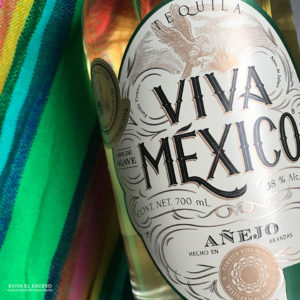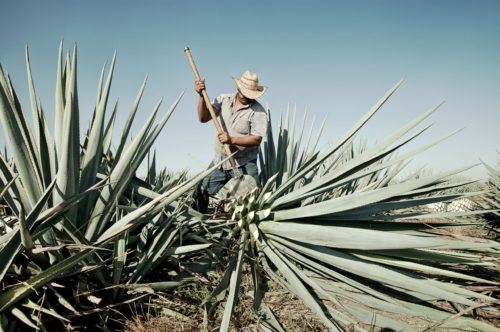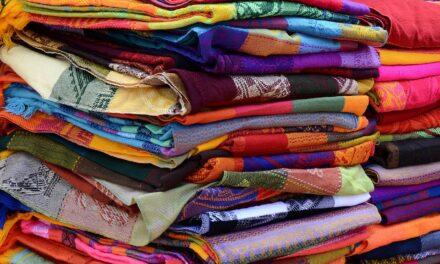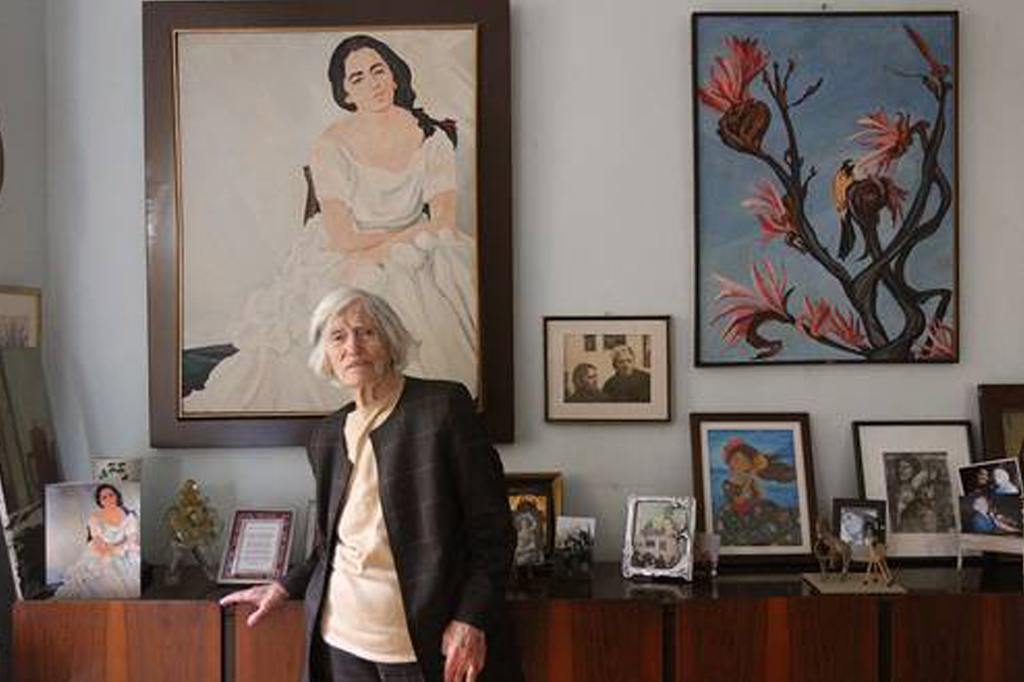Agaves are signature plants of the Southwest and Mexico. Today, a taste for distilled agave spirits – tequila, mezcal – is global.
But that’s a recent footnote to the profound human bond with agave – the link between plant and people, for 10,000 years, from present-day Mexico to West Texas and Arizona, agaves were a foundation of survival. They were also a cornerstone of culture for the Agave is central to the sacred stories and rituals of diverse Native peoples, from the Aztec to the Apache. The agave was considered a sacred plant and held a major role in the indigenous people’s religion The Aztec worshipped a goddess of agave – and its fermented beverage, pulque. The personification of the plant, Mayahuel, is the Aztec goddess of fertility and nourishment. She was considered the mother of the 400 rabbits, the Aztec gods of intoxication. Agave provided not only food, but fiber and medicine.
Native American love story. Two young lovers were banned from marrying and decided to elope, because they simply couldn’t live apart. They left the tribe and headed into the desert. When darkness fell, they found a spot to rest, but by the brilliant light of the moon they saw that they were being approached by men sent on behalf of the girl’s father. The girl asked the goddess of the land to help them. The goddess was delighted to do so, and opened up a hole in the mountain where the couple could hide. The men decided to wait – after all, the couple had nowhere to go. The next day the couple were transformed into a cactus, which the goddess felt was the perfect protection.
Origins
Tequila is a regional distilled beverage made from the blue agave plant, primarily in the area surrounding the city of Tequila, northwest of Guadalajara, and in Los Altos de Jalisco. This is where a native tribe known as the “tiquili” in their village named Tequitlan, meaning “land of hard labor. People have roasted agave in region for at least 11,000 years.
Blue agaves grown in the highlands Los Altos region are larger in size and sweeter in aroma and taste. The hearts of century plants, are toxic when raw. But the continent’s first peoples knew that, slow-roasted underground, agaves could be converted into food and the sweet liquid could be fermented.
Tequila is a type of mezcal. It was made by fermenting the sap from certain agave varietals which produces a milky and viscous drink. The distinction is that tequila must use only blue agave plants rather than any type of agave. At least 40 alcohol content or between 80 and 110 U.S. proof).
Mexican laws state that tequila can only be produced in the state of Jalisco and limited municipalities in the states of Guanajuato, Michoacán, Nayarit, and Tamaulipas.
Historical Timeline of the Agave and Tequila
1000 B.C. – 200 A.D. – Studies have found that first the Olmecs, followed by the Aztecs, created a fermented drink from the agave plant known as “pulque.”
1500 – Researchers have confirmed evidence of Pre-Hispanic distilling of the agave plant (mezcal) in Mexico by this time.
1519 – Spanish conquistadors arrive in Mexico and introduce their techniques of distillation to North America.
1700 – La familia del Sr. Don Cenobio Sauza starts distilling
1795 -José Cuervo becomes the first officially licensed manufacturer of mezcal de Tequila.
1800 – Tequila is successfully aged in wood for the first time.
1821 – Mexico wins independence from Spain, making Spanish products harder to come by and opening the door for mezcal de Tequila to rise in popularity.
1870 – Mexico grants several of its largest mezcal producers permission to call their product “tequila,” after the town of Tequila in Jalisco state. Blue agave becomes the primary agave variety used for making tequila
1873–74 – The first barrels of tequila are shipped to the United States and Europe.
1902 – The blue agave is renamed the agave “tequilana Weber azul” after the naturalist who classified the plant in 1896.
1930s – 1940s – The margarita is created. While different origin stories exist on how this ‘daisy’ of a drink was created (bartender Carlos (Danny) Herrera and Marjorie King, bartender Henry Madden, Rita Hayworth, or simply the evolution of the Daisy cocktail), it has gained tremendous popularity since- especially in the U.S.
1974 -The United States recognizes tequila as a distinct product from Mexico and restricts the sale of products sold as tequila to those made only in Mexico. Mexico returns the favor by doing the same for bourbon.The Mexican Government issues its Declaration for the Protection of the Appellation of Origin Tequila.
1997 – The European Union recognizes Mexico as the sole producer of tequila. Today there are nearly 1,000 brands of tequila available, 110 tequila producing companies, and about 50-60 distilleries. At least 70 brands of mezcal have also been exported to the U.S.
Interesting Facts
Tequila is recognized as a Mexican designation of origin product in more than 40 countries and is protected through NAFTA in Canada and the United States.
Tequila is commonly served neat in Mexico and as a shot with salt and lime across the rest of the world. In 2018, the Mexican government approved a proposal to celebrate every third Saturday of March as the National Tequila Day.

Dra. Ellen Riojas Clark
Profesora Emérita del Departamento de Estudios Bilingües y Biculturales de la Universidad de Texas en San Antonio, UTSA.
Fotografía de Portada cortesía del fotógrafo Joel Salcido de su libro recientemente publicado “The Spirit of Tequila.” Disponible en Amazon.
Tequila Viva Mexico











